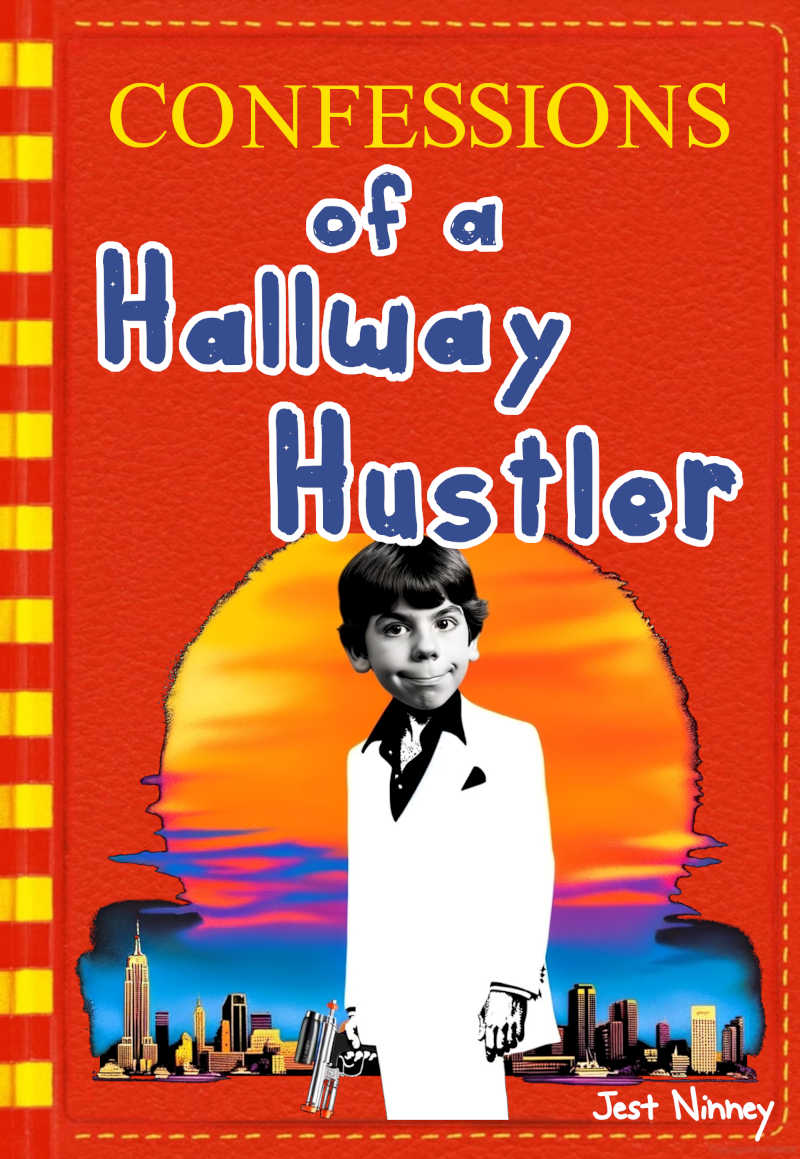Neural Mechanisms
One of the areas of interest in the cognitive science of humor is understanding the neural mechanisms that underlie it. Research using functional Magnetic Resonance Imaging (fMRI) suggests that different brain regions, such as the prefrontal cortex and the amygdala, are activated during humor processing. These regions are often associated with cognitive functions like social perception and emotional response (Goel & Dolan, 2001, Neuropsychologia).
Incongruity Theory
The incongruity theory posits that humor arises when there’s a discrepancy between what is expected and what actually occurs. This theory has been tested and supported through cognitive experiments that monitor reaction times and problem-solving abilities when people are presented with incongruous situations that are humorous (Suls, 1972, Psychological Review).
Timing and Surprise
Another aspect of humor cognition is timing and the element of surprise. Studies have shown that the timing of a punchline and the surprise factor are crucial for humor to be effective. This has been examined through ERP (Event-Related Potential) studies which show certain types of brain waves are more active during the punchline of jokes (Kutas & Hillyard, 1980, Biological Psychology).
Social and Cultural Factors
Research also suggests that humor is not solely a cognitive process but is heavily influenced by social and cultural factors. Studies indicate that understanding a joke or finding something humorous requires certain social cues and cultural background knowledge (Chafe, 2007, Humor: International Journal of Humor Research).
Humor and Well-Being
Recent research has begun to explore how humor might be linked to psychological well-being. For example, studies have found that the ability to use humor may be correlated with resilience to stress and overall emotional well-being (Kuiper & Martin, 1998, Canadian Psychology).
Further Study
- Goel, V. & Dolan, R. J. (2001). The functional anatomy of humor: segregating cognitive and affective components. Neuropsychologia, 39(4), 548-559.
- Suls, J. M. (1972). A two-stage model for the appreciation of jokes and cartoons: An information-processing analysis. Psychological Review, 1, 81-100.
- Kutas, M. & Hillyard, S. A. (1980). Reading senseless sentences: Brain potentials reflect semantic incongruity. Biological Psychology, 11, 111-114.
- Chafe, W. (2007). The Importance of Not Being Earnest: The feeling behind laughter and humor. Humor: International Journal of Humor Research, 20(3), 241-260.
- Kuiper, N. A., & Martin, R. A. (1998). Laughter and stress in daily life: Relation to positive and negative affect. Canadian Psychology, 37(2), 152-162.

